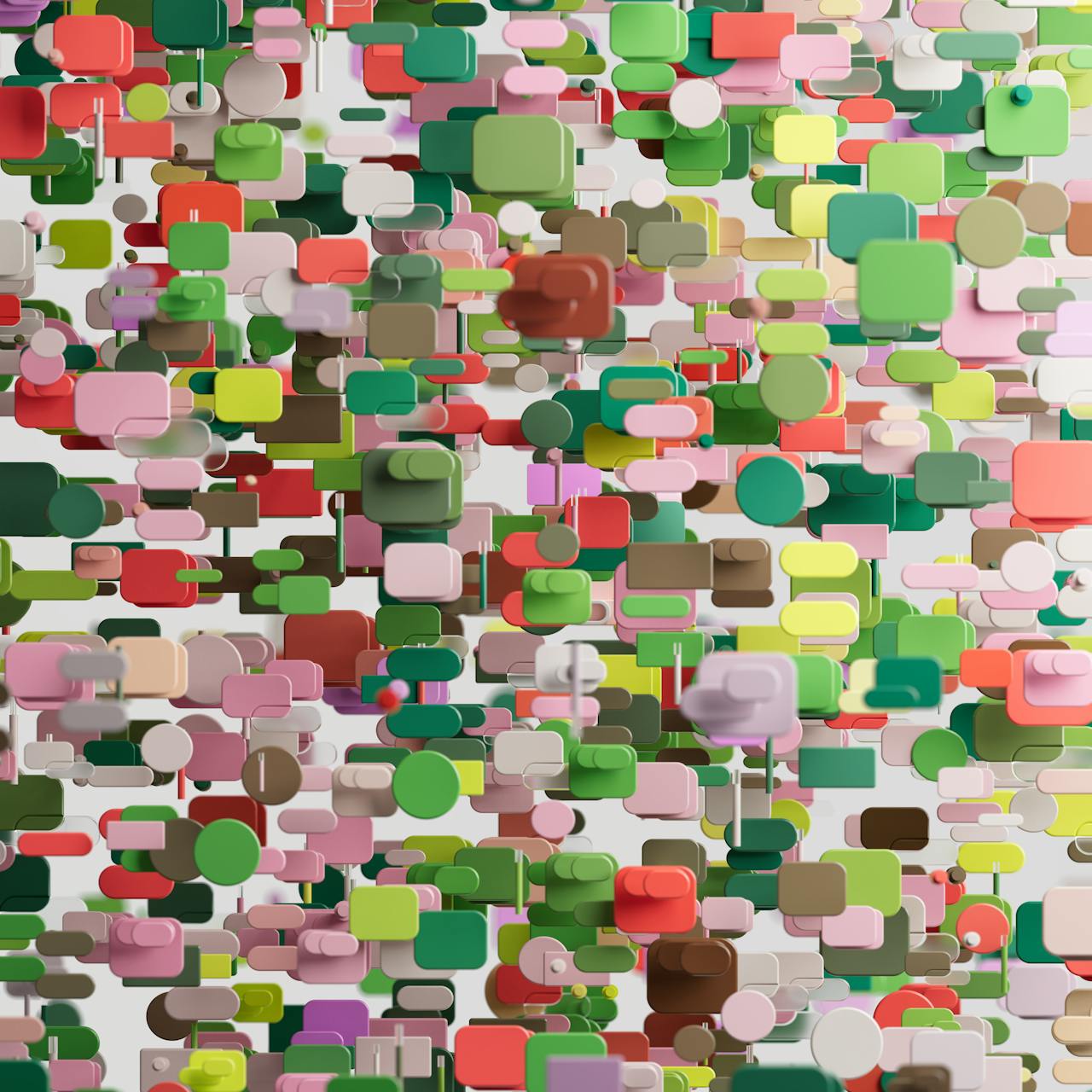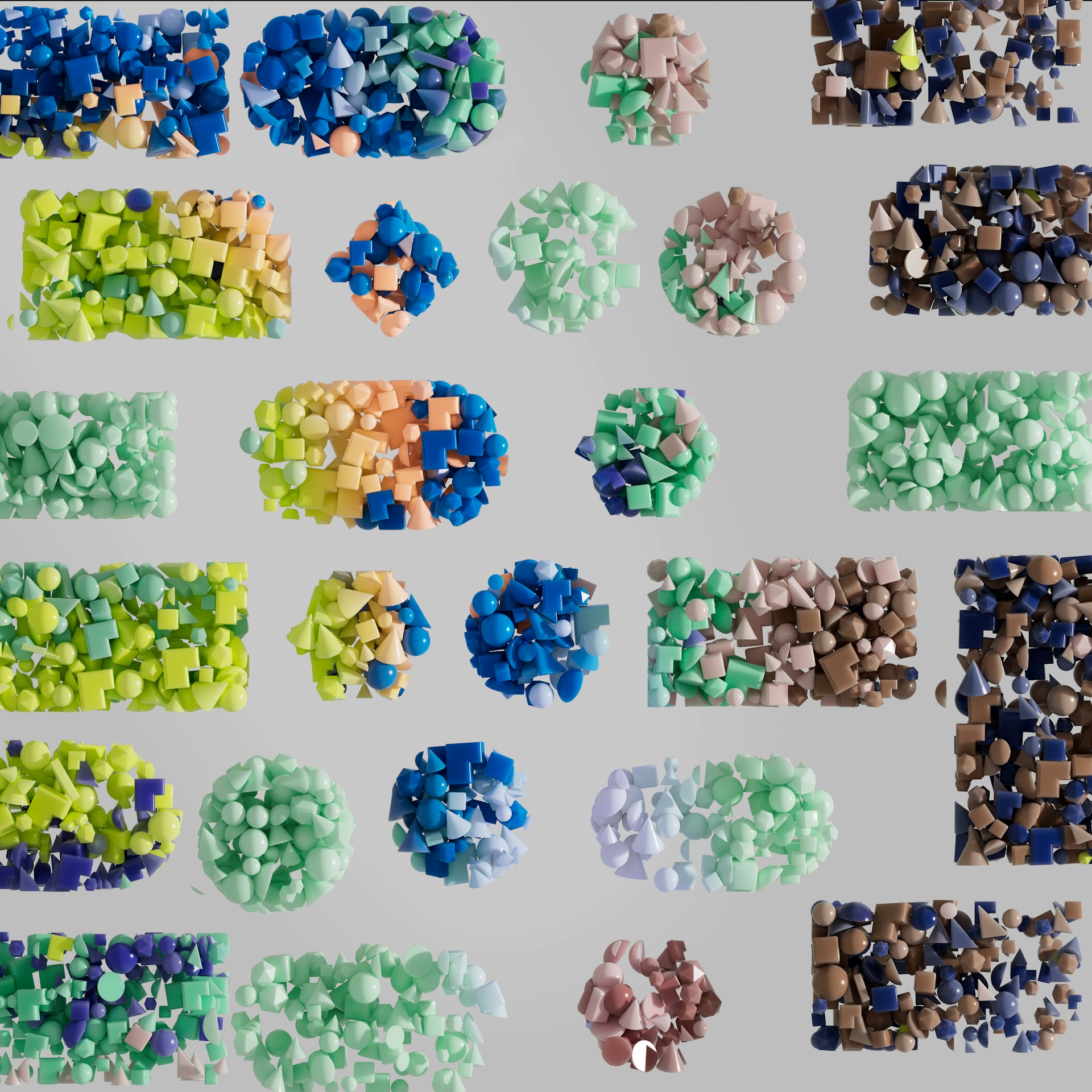
Businesses such as marketing and PR agencies are using the latest developments in generative artificial intelligence (AI) to enrich their image banks. Using synthetic data models, such businesses can customize vast amounts of synthetic visual data to their requirements in just a few seconds. This helps these businesses target their customers better, localize their advertisements, and save time and money on production.
To meet the fast-growing demand for synthetic image data, providers must ensure that their processes are robust enough to produce quality synthetic images that appear realistic and natural.
Unlike regular computer vision models that aim to structure real-world visual data and recognize it correctly, synthetic data models don’t have a “golden dataset” to compare the results of the different versions with. Synthetic data teams are therefore facing a challenge when it comes to measuring the quality of their generative model and assessing its performance.
In order to bridge this gap, Tasq built a solution that provides a score representing the quality of synthetically generated image data.


While businesses might be tempted to validate their own synthetic data by having their own team look at it, this can easily lead to bias and inconsistencies.
A much more efficient way is to leverage the power of random crowds and have them review and evaluate the quality of the images. This is where the collective power of Tasq.ai’s network of data labelers comes in.
Tasq.ai created a flexible ranking tool that enables data experts to design various experiments and test them on a global crowd. Data experts can create and customize their own surveys at scale and collect votes from the Tasq.ai network to assess image data quality. Once data experts create their optimal process, they can use the Tasq API to integrate this validation process into their systems and automatically initiate new tests.
In the case of our client, Bria.ai; they built a testing process that is triggered when a new version of their ML model is available. This streamlines Bria’s deployment process and enables them to independently measure and score the quality of each version of their generative AI model.
At Tasq.ai, our mission is simple: Empower AI companies to focus better on developing their AI models by providing best-in-class data labeling solutions.
We do this by leveraging a diverse global crowd of data labelers known as ‘Tasqers’, a +1 Million strong team spread out over more than 160 countries. To date, they have delivered over 500,000,000 judgments on our clients’ datasets.
This global reach ensures that questions are presented to a diverse, scalable crowd of labelers, which leads to non-biased results with much higher confidence levels.
All Tasqers are diligently screened and trained by Tasq.ai’s advanced technology to ensure cohesion and reliability. Tasq.ai uses ongoing monitoring and calibrating methods to ensure consistency and reliable results that are free from bias.


Relying on Tasq.ai’s ranking solution enabled Bria to detect several regression bugs and prevent them from affecting the experience and results of their end-users.
By splitting the images into groups that represent specific features of the models, Bria’s data experts found that Tasq.ai’s global labeling crowd results highlighted key issues and helped them to focus more on high-impact features.

Industries Measuring the quality of generative AI using global crowd Contact Us Use Cases 0 countries 0 + judgments

Industries Finding a Tiny Pest in a Big Field Contact Us Use Cases ~ 0 % of images contain

eComm Image Product Labeling and Validation Use Case We help Agriculture manufacturers, assembling companies, app developers and operators to

Industries How fast does it take to label an image with 3,000 objects? Contact Us Use Cases 0 objects

Industries Frictionless Checkout for International Retail Chains Contact Us Use Cases 0 different classes 0 + countries with Tasqers
Industries Enhancing Customer Experience with Sentiment Analysis at a Leading Retail Company Contact Us Use Cases 0 objects in